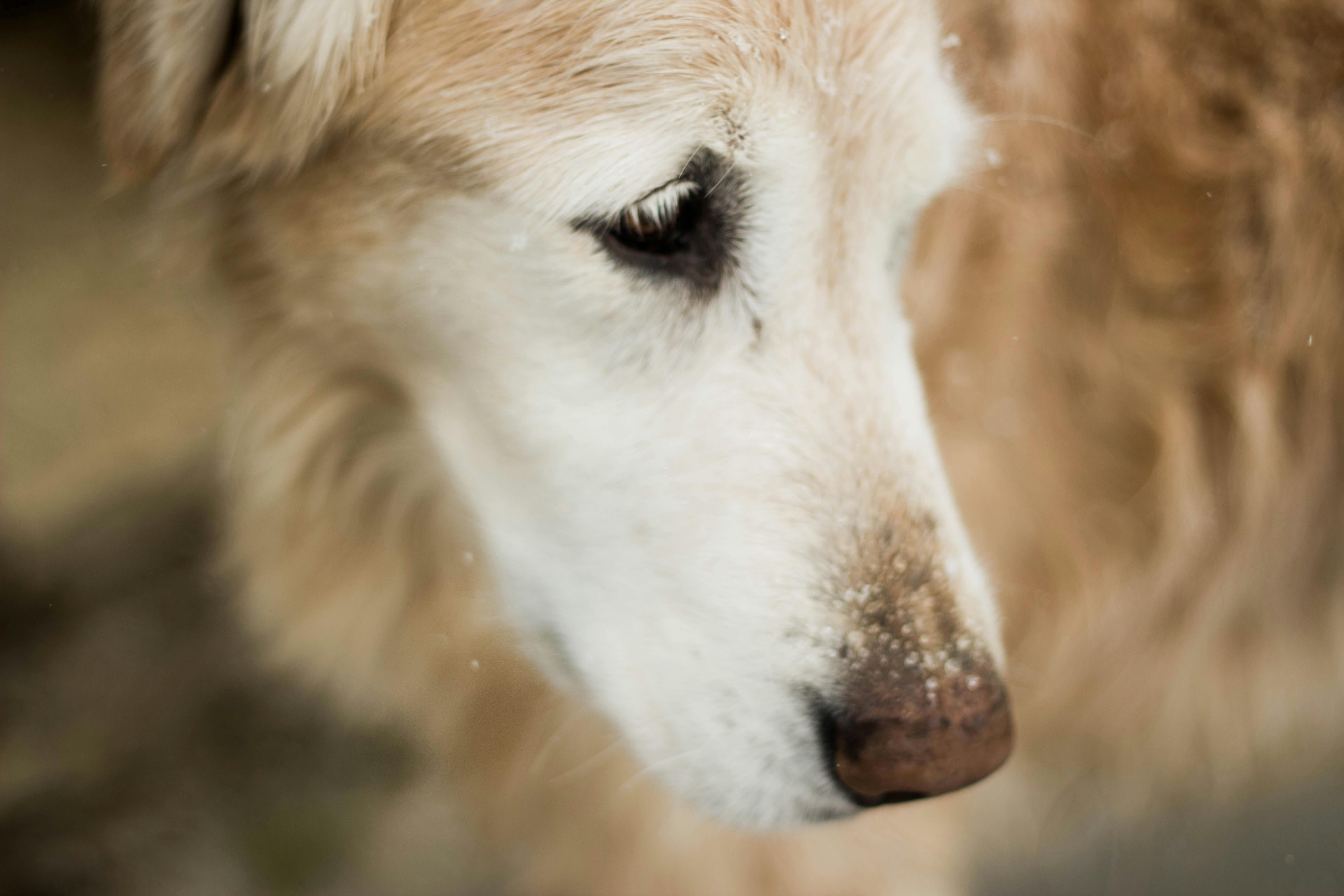It is a common misconception that guide dogs guide their owners and keep them out of harm’s way. People see their neighbor, Mr. Jones, with his guide dog and assume that the morning started like this: “Rex, take me to the bus stop, we have to go to the pharmacy today.” People think, “If I go blind, I’ll get a dog to take me where I need to go.”
While it is true that a prospective lead dog must display intelligence as a puppy to be selected for this important job, and these vital working dogs generally prevent their owners from running into a trash can or falling off a sidewalk, in reality the dog is being instructed by his master where to go. In fact, a blind person cannot even request one of these highly trained dogs, until he can travel safely on his own.
To learn this important skill, a person who is blind or severely visually impaired must first receive training from an Orientation and Mobility teacher. These trained professionals teach the person with disabilities to move around the house, in the use of public transportation, they will guide the person to the local grocery store, the educational environment or the workplace, or almost anywhere they must go.
The main device used for orientation and mobility is the white cane. It is white in color and often has red reflective tape wrapped around it. You can include a large, round golf ball-sized tip at the end. The Orientation and Mobility teacher instructs the blind person on how to handle the cane to orient the person towards their environment. Typically, the pole is maneuvered in a side-to-side sweep, allowing the user to “see” that the path ahead is clear. There are also new electronic devices, one of them is the mini-guide, which is considered a secondary aid because the most important thing is that it does not detect curbs and unevenness.
Only once a person is trained to travel alone can they request a guide dog. Guide dog schools match each person with the perfect dog, and the individual then has to attend guide dog school for several weeks to learn how to become a good owner.
A guide dog is a working dog.. Learn as a puppy when the harness is on, it’s time to work. You take your job very seriously and you should know that you must Never Touching or talking to a working dog, unless you have permission from the owner. Usually, if you ask, the owner will release the harness and grab the leash, which is a signal to the dog that he is off duty and can socialize. But if the person does not do it, does not feel bad or rejected, it is important to follow the wishes of the owner of the guide dog. Most guide dogs are very friendly and are not guard dogs. We’ve all heard those romantic TV movie stories about how a guide dog saved its owner’s life. We imagine that every guide dog is some kind of Lassie, but as you know, Lassie was just a well-trained dog actor and didn’t really tell Grandpa that Timmy had fallen into a well.
The guide dog must be kept on a strict schedule for eating. It is not always easy to find a place for the dog to relieve itself while traveling, so keeping the dog on a strict schedule will give the owner an idea of when the dog will next have to relieve itself.
A guide dog must also recognize you as the leader of the pack. A silly dog without a pack leader could end up chasing a cat down the street while dragging its owner right in front of a car. While attending guide dog school with the dog, the new owner will be instructed in these important areas.
Going back to our first impression of a guide dog, you now know that Mr. Jones didn’t tell Rex to take him to the bus stop. While it is true that Rex will eventually learn the way to the pharmacy and someday Mr. Jones will be able to tell him that, for the most part Mr. Jones will always be the one in charge of traveling. I hope I have a better understanding of how guide dogs work, and remember, never, never touch or talk to a guide dog while you are working!
